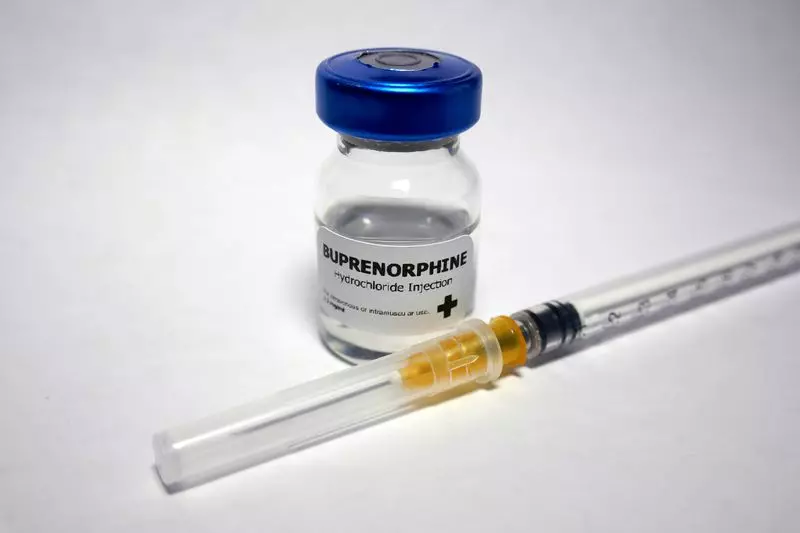
In a brazen security lapse that has exposed glaring vulnerabilities in medical facility protections, Moga Civil Hospital became the scene of a significant narcotics theft that has left authorities scrambling for answers.
The Midnight Heist
According to police reports, unidentified thieves executed a precision break-in during the night hours, specifically targeting the hospital's medical store where controlled substances are kept. The criminals made off with multiple boxes of buprenorphine injections, with preliminary estimates placing the stolen contraband's value at approximately ₹1.5 lakh.
What Makes This Theft Particularly Alarming
Buprenorphine isn't just any medication—it's a critical component in medication-assisted treatment for opioid addiction. The theft of this controlled substance raises dual concerns:
- Public Health Impact: Potential disruption to legitimate patients dependent on this treatment
- Illicit Market Danger: Risk of diverted medication fueling addiction rather than treating it
Official Response and Investigation Status
Hospital administrator Dr. Rajinder Prasad confirmed the incident to authorities, triggering an immediate police investigation. The Moga police have registered a formal case and launched a comprehensive probe into the security failure.
"This isn't just property theft—it's a serious public health concern," noted a senior police official involved in the investigation. "We're examining all angles, including potential insider involvement and security protocol failures."
Broader Implications for Healthcare Security
This incident highlights ongoing challenges in securing controlled substances within India's healthcare infrastructure. With opioid addiction treatment becoming increasingly critical in Punjab, the security of medications like buprenorphine demands heightened attention and robust protection measures.
As the investigation continues, healthcare authorities face pressing questions about upgrading security protocols at medical facilities across the region to prevent similar occurrences in the future.





